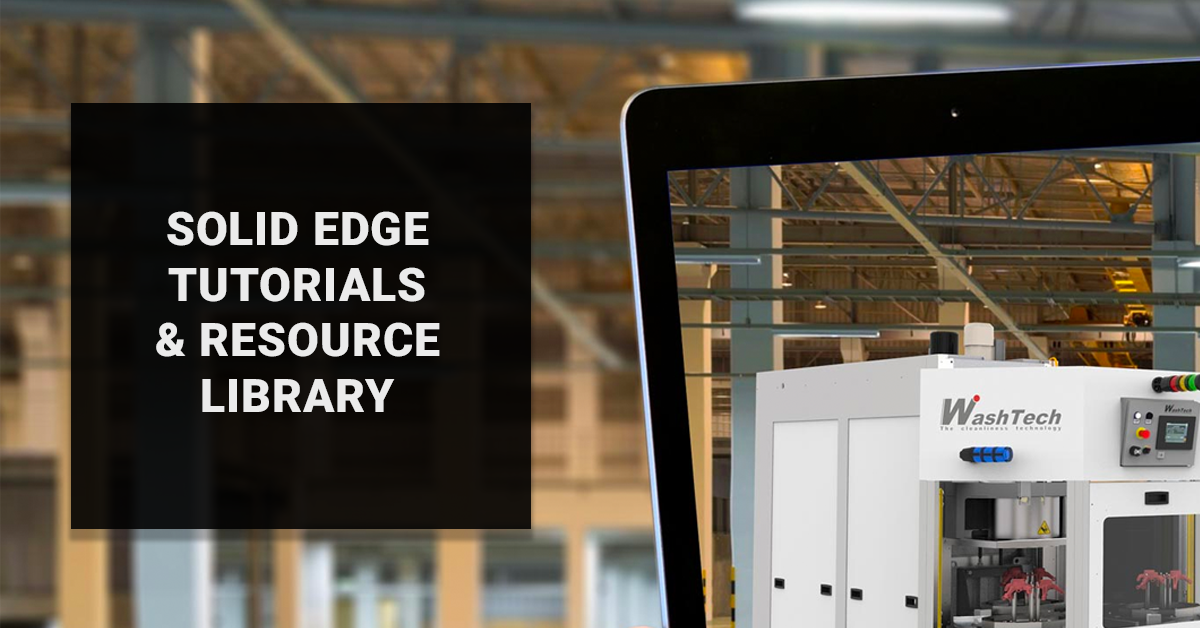


Direct Editing.ĭirect Editing is an interesting aspect of Solid Edge because it lets users directly edit models without having to edit the history tree. It supports both part and sheet-metal models, and provides the ability to work in the context of assemblies. Direct editing in Solid Edge V17 provides nonhistory-based, fully associative features. And before I forget, like most of its competitors, Solid Edge includes the now-obligatory "transitioning from AutoCAD" material as part of its Help system. Although Solid Edge is not the first application to include these types of aids and assistants, it does provide one of the best implementations I've seen. Working in conjunction with Apprentice mode is the Feature Error Assistant that helps troubleshoot design failures and warnings with descriptions and appropriate corrective actions that are really meaningful. When it's selected, Solid Edge displays descriptive text for all toolbar buttons, and the Command Assistant and enhanced tool tip text are activated and displayed. The Apprentice mode toolset option operates as a system navigation aid (figure 2). I am always impressed by CAD applications that are sensitive to the special needs of new users, and Solid Edge V17 offers several capabilities that were developed and implemented specifically for Solid Edge novices. After using other CAD applications, the Solid Edge method of creating parts took some getting used to, but after some initial issues (largely owing to what I was used to), I began to appreciate this way of doing things. This is a feature-based workflow, and once users start a feature command, Solid Edge guides them by indicating the type of input to provide at each step. A part is completed by adding or removing material from previous features. Instead, the modeling process in Solid Edge begins with construction of a base feature. Solid Edge does not use Boolean operations to simulate true part features. Solid Edge users construct parts in a process called feature modeling (figure 1). In essence, this enhanced capability lets users bring parts into the hybrid 2D/3D environment and workflow. In V17 this capability has been enhanced to include new workflows that convert 3D parts into 2D profiles for 2D design layout. Zero D lets users define a product structure before committing to any geometry. Although I'm not crazy about the nomenclature, the previous version of Solid Edge, v16, introduced the "Zero D" concept and capability to the hybrid 2D/3D design environment. Introduced in the initial release, STREAM continues to be a productivity enhancer in the way it reduces the number of steps required to perform certain kinds of tasks, such as constraining profiles with dimensions that can be directly edited in sketch mode.Īlso, like much of the competition, Solid Edge is a so-called hybrid 2D/3D modeler that lets users combine 2D and 3D techniques to best suit the way they work. Like its competitors, Solid Edge v17 creates parts, assemblies and drawings, but unlike them, it captures design intent through a unique combination of inference logic and decision-management concepts called STREAM technology. Hybrid design approach and interoperability top list of new capabililties.


 0 kommentar(er)
0 kommentar(er)
